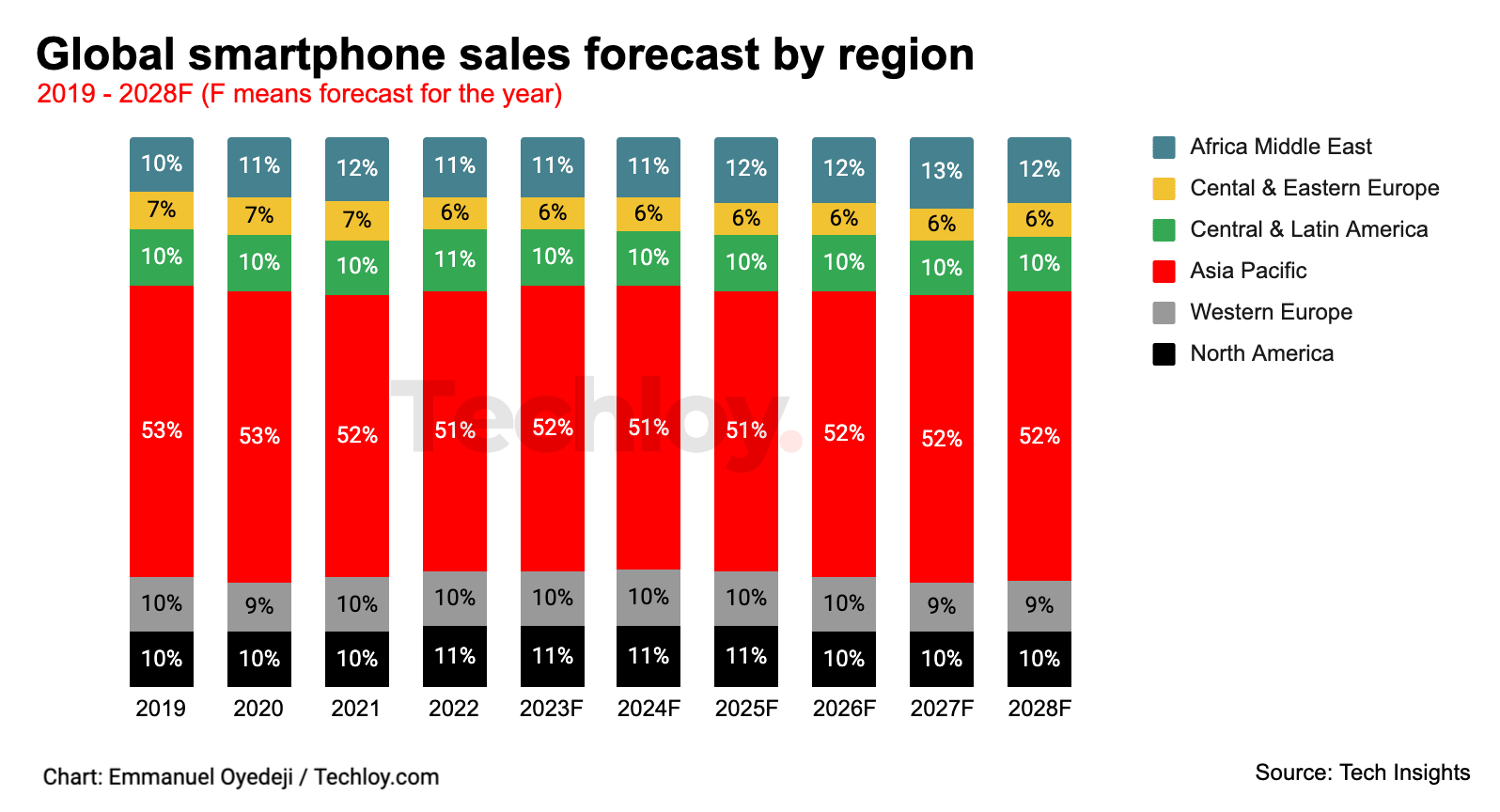Android's Updated Design: Impact On Smartphone Market Share

Table of Contents
The Evolution of Android Design
Android's design journey has been a remarkable transformation, constantly striving for improved usability and visual appeal. Let's trace its evolution:
From Froyo to Material Design: A UI/UX Odyssey
The early days of Android, exemplified by Froyo (2.2), featured a design that was functional but lacked the polish and consistency of later versions. Honeycomb (3.0), designed for tablets, introduced a significant shift towards a more modern aesthetic. Lollipop (5.0) brought the initial concept of Material Design, introducing a visually appealing and consistent design language based on real-world physics and paper metaphors.
- Froyo (2.2): Basic, functional, lacked visual consistency.
- Honeycomb (3.0): Tablet-optimized, introduced a more modern visual style.
- Lollipop (5.0): Introduced Material Design, a significant shift towards a consistent and visually appealing design language.
- Material Design's core principles: Emphasis on depth, shadows, and animations to create a more intuitive and engaging user experience.
Each iteration aimed to improve upon the previous one, addressing user feedback and technological advancements. The transition to Material Design was pivotal, providing a unified design language across various Android devices and applications.
Material Design 3 and its Impact: The Rise of Material You
Material Design 3, also known as Material You, represents the latest evolution. It builds upon the foundations of Material Design, introducing dynamic color schemes and enhanced personalization options. This focus on customization significantly improves the user experience.
- Dynamic Color Schemes: Automatically generates color palettes based on the user's wallpaper, creating a truly personalized experience.
- Enhanced Theming: Allows users to customize various aspects of the UI, from widgets to app icons.
- Improved Accessibility: Material You incorporates features designed to enhance accessibility for users with disabilities.
Material You's focus on personalization and user agency enhances user engagement and satisfaction. The ability to tailor the Android experience to individual preferences fosters a stronger connection between the user and their device. For example, the dynamic theming seamlessly integrates with other apps adopting Material Design 3 guidelines, leading to a more cohesive user interface.
The Impact on User Experience and Adoption
The continuous evolution of Android's design has profoundly impacted user experience and adoption rates.
Improved Usability and Intuitiveness
Modern Android versions boast enhanced usability thanks to thoughtful design choices.
- Improved Gesture Navigation: Simplified navigation through intuitive gestures, replacing the traditional button-based approach.
- Redesigned Notification Shade: A cleaner, more efficient notification center that streamlines information access.
- Simpler Settings Menu: A more intuitive and accessible settings menu simplifies configuration and customization.
These changes make navigating the Android OS simpler and more efficient, leading to a smoother and more enjoyable user experience. Independent user reviews and usability studies frequently cite these improvements as key factors contributing to higher user satisfaction.
Enhanced Personalization and Customization
Material You takes personalization to the next level.
- Theme Customization: Users can now customize their Android experience with a wide range of themes, color palettes, and icon packs.
- Widget Options: An extensive selection of widgets allows users to personalize their home screens and easily access key information.
- Icon Pack Support: Ability to use third-party icon packs adds a layer of unique visual expression.
This focus on personalization caters to individual user preferences, fostering a stronger connection with the device and increasing user loyalty. The ability to create a truly unique and personalized Android experience is a significant competitive advantage.
Competition and Market Share Implications
Android's design evolution directly impacts its competitive standing and market share.
Android's Competitive Advantage
Design improvements provide a significant competitive edge against iOS and other mobile operating systems.
- Design Flexibility: Android's open-source nature and design flexibility allow for greater customization and personalization compared to iOS’s more closed ecosystem.
- Customization Options: The extensive customization options offered by Android attract a broad user base that values personalization.
- Open-Source Nature: The open-source nature of Android fosters a vibrant developer community, leading to a wider range of apps and features.
These advantages contribute to Android’s dominant market share, especially in emerging markets where affordability and customization are crucial factors.
Impact on OEMs and Device Sales
Android's design updates directly influence the success of smartphone manufacturers.
- Consistent Design Guidelines: Consistent design guidelines across devices ensure a cohesive user experience regardless of the OEM.
- Brand Consistency: Adherence to Material Design principles helps OEMs maintain brand consistency and a recognizable user interface.
- Enhanced User Experience: OEMs who effectively leverage Android’s design language enhance user experience and increase customer satisfaction.
Successful OEMs like Samsung and OnePlus strategically integrate Android's design updates into their devices, leading to increased sales and brand recognition.
Conclusion
Android's updated design, particularly the introduction of Material You, has significantly impacted its market share by enhancing user experience, fostering competition, and strengthening OEM partnerships. The focus on personalization, intuitive navigation, and consistent design guidelines creates a powerful combination. The continuous improvement in UI/UX, coupled with its open-source nature and customization capabilities, solidifies Android's position in the competitive smartphone market.
Want to learn more about how Android's design choices are shaping the future of the smartphone market? Continue exploring the latest Android design updates!

Featured Posts
-
 Nottingham Attack Data Protection Concerns After 90 Nhs Staff Viewed Victim Records
May 10, 2025
Nottingham Attack Data Protection Concerns After 90 Nhs Staff Viewed Victim Records
May 10, 2025 -
 Exploring The Allocation Of Us Funds To Transgender Mouse Studies
May 10, 2025
Exploring The Allocation Of Us Funds To Transgender Mouse Studies
May 10, 2025 -
 Secret Service Investigation Final Report On Cocaine Found At White House
May 10, 2025
Secret Service Investigation Final Report On Cocaine Found At White House
May 10, 2025 -
 X Blocks Jailed Turkish Mayors Facebook Page Opposition Protests Trigger Action
May 10, 2025
X Blocks Jailed Turkish Mayors Facebook Page Opposition Protests Trigger Action
May 10, 2025 -
 Benson Boone Responds To Harry Styles Comparison Accusations
May 10, 2025
Benson Boone Responds To Harry Styles Comparison Accusations
May 10, 2025
